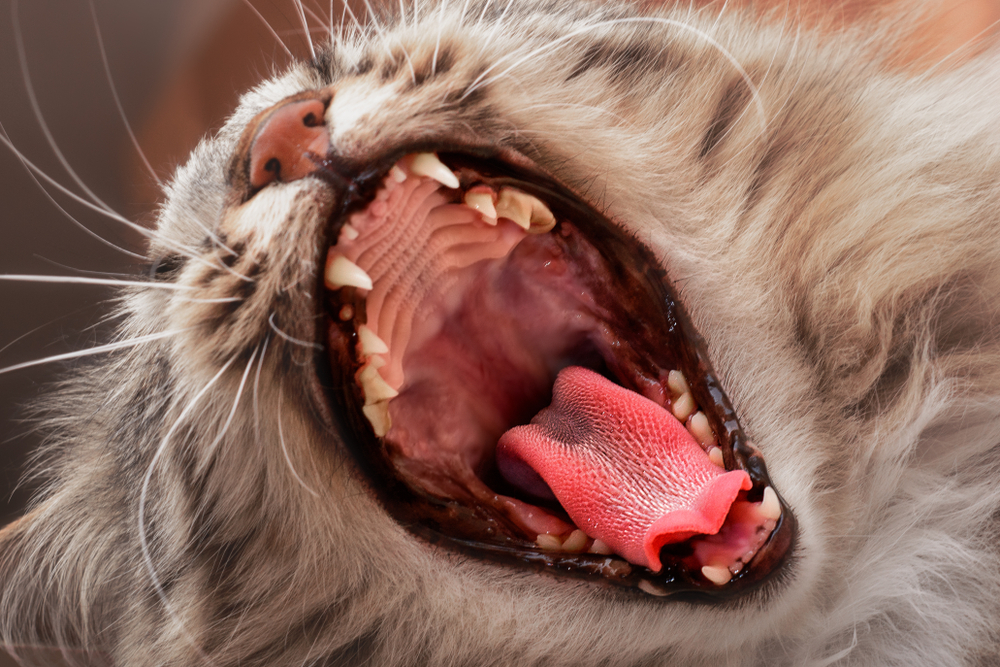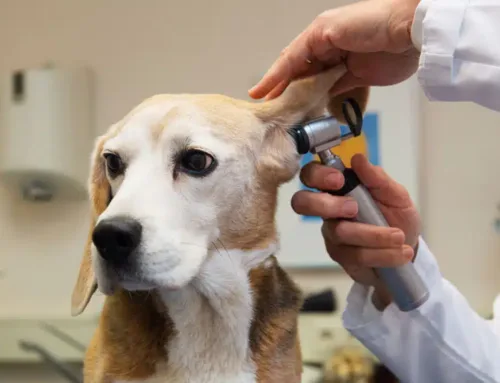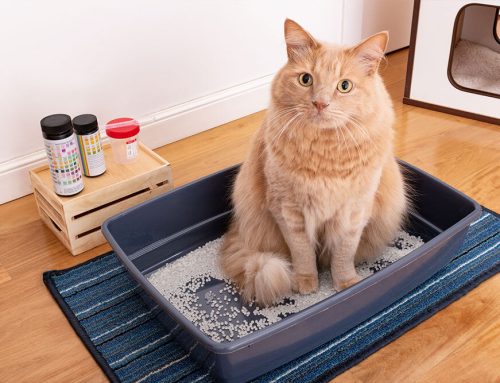Many of you share your home with a cat, so you understand they are truly unique. One of our favorite sayings in veterinary medicine is that “cats are not small dogs,” which means several things. Medically, cats have their own set of challenges, and they constantly surprise us when they fail to read and follow the textbook description of their condition. Behaviorally, cats are still a bit of a mystery to pet owners and veterinarians alike, although we do know that cats can be wonderful companions, hard workers, and all-around great pets. To shed some light on your cat’s curious life, Fairfax Veterinary Clinic would like to share some facts about the purring creature on your lap.
#1: Cats are basically wild animals
Multiple studies conducted in the past few years indicate that the “domestic” cat genome is only a few percentage points from the tiger. These studies also looked into whether cats have actually been domesticated, or if they simply choose to be around us. Turns out, cats have been hanging around us for less than 10,000 years, and during that time, we’ve created fewer than 50 cat breeds with little genetic variability. Cats retain their ability to hunt, interbreed with wild cats, and survive on their own.
By comparison, dogs have been domesticated for more than 30,000 years, and several hundred breeds exist with wildly varying temperaments, body features, and functions. Most dogs would not survive without human intervention, making them truly domestic animals. Cats are only semi-domesticated according to scientific consensus, so count yourself lucky if a cat has chosen you!
#2: Your cat may be left-handed
Like humans, cats show a preference for which hand—or paw—they use most often for daily functions. Around 70% of cats are either right- or left-pawed, using the dominant paw most often to take their first step down the stairs or into the litter box, to manipulate objects, or to solicit their human’s attention. Interestingly, one study found that female cats tended to be right-pawed, while males tended to favor their left paw.
#3: Your cat’s “meow” is reserved only for you
Cats are vocalization masters, with most of their “speech” designed for communication between cats and humans, not between cats. Experts believe cats developed their extensive vocabularies to express needs to humans, who weren’t picking up their more subtle body language cues. They seem to use the “meow” to “talk” exclusively to humans, expressing demands, requests, objections, or greetings. Cats use many other vocalizations to communicate with humans and other animals, including purrs, chirrups, trills, hisses, growls, and yowls.
#4: Almost all calico cats are female
Except in cases of rare genetic mutations, almost all calico and tortoiseshell patterned cats are female. The gene coding for orange color in cats lies on the X chromosome, and to have a tortie or calico pattern, cats must have two X chromosomes—which genetically normal females carry. Males have one X and one Y chromosome, but in the rare case of Klinefelter syndrome—which affects male cats who have an extra X chromosome—a calico color pattern is possible. These males are beautiful, but typically sterile.
#5: Cats don’t get cavities, but they still need dental care

Cats have 30 permanent teeth, but none are shaped quite like human or canine teeth, since cat’s teeth are optimized for meat-eating. Human teeth have flat, chewing surfaces with pits that are prone to bacterial decay that causes cavities, but cats are not prone to this problem. Cats do, however, suffer from tooth resorption, where the body starts to eat away at the tooth from the root, a painful process that only tooth extraction can resolve.
Cats may be the only domestic animal to truly live alongside humans, rather than under our control. They’re America’s most popular pet, so they have certainly won us over. If your cat is due for their wellness visit, or you have any questions about your cat’s medical or behavioral care, call us to schedule a visit with your Fairfax Veterinary Clinic team.








Leave A Comment